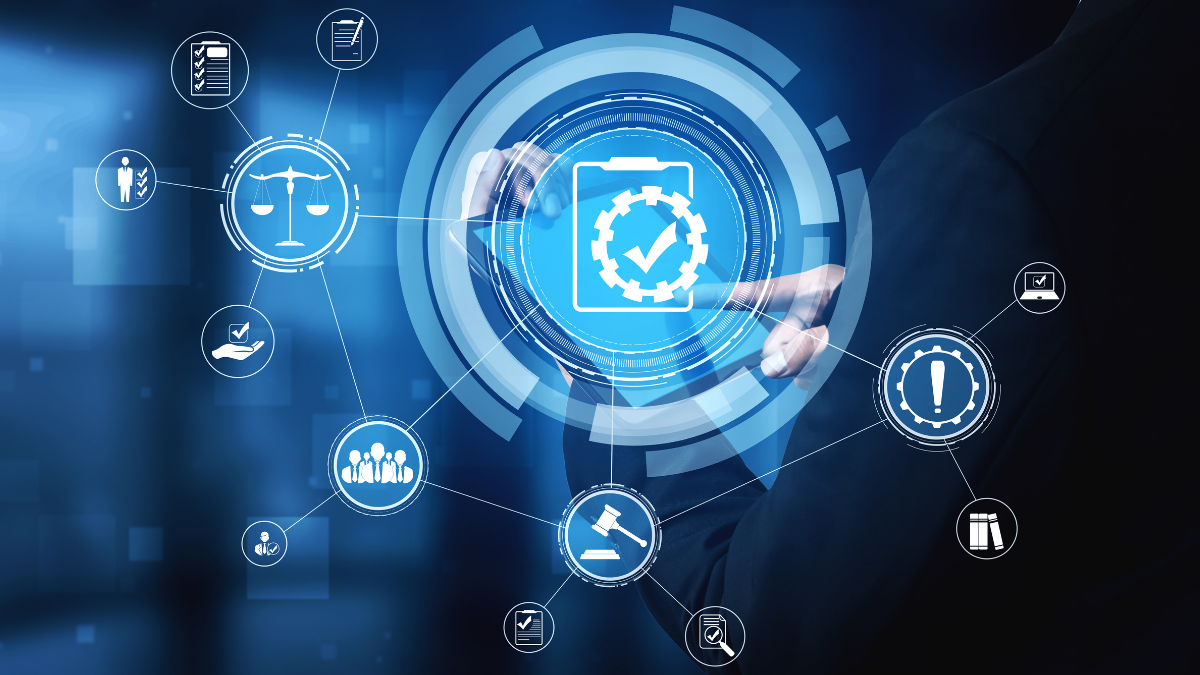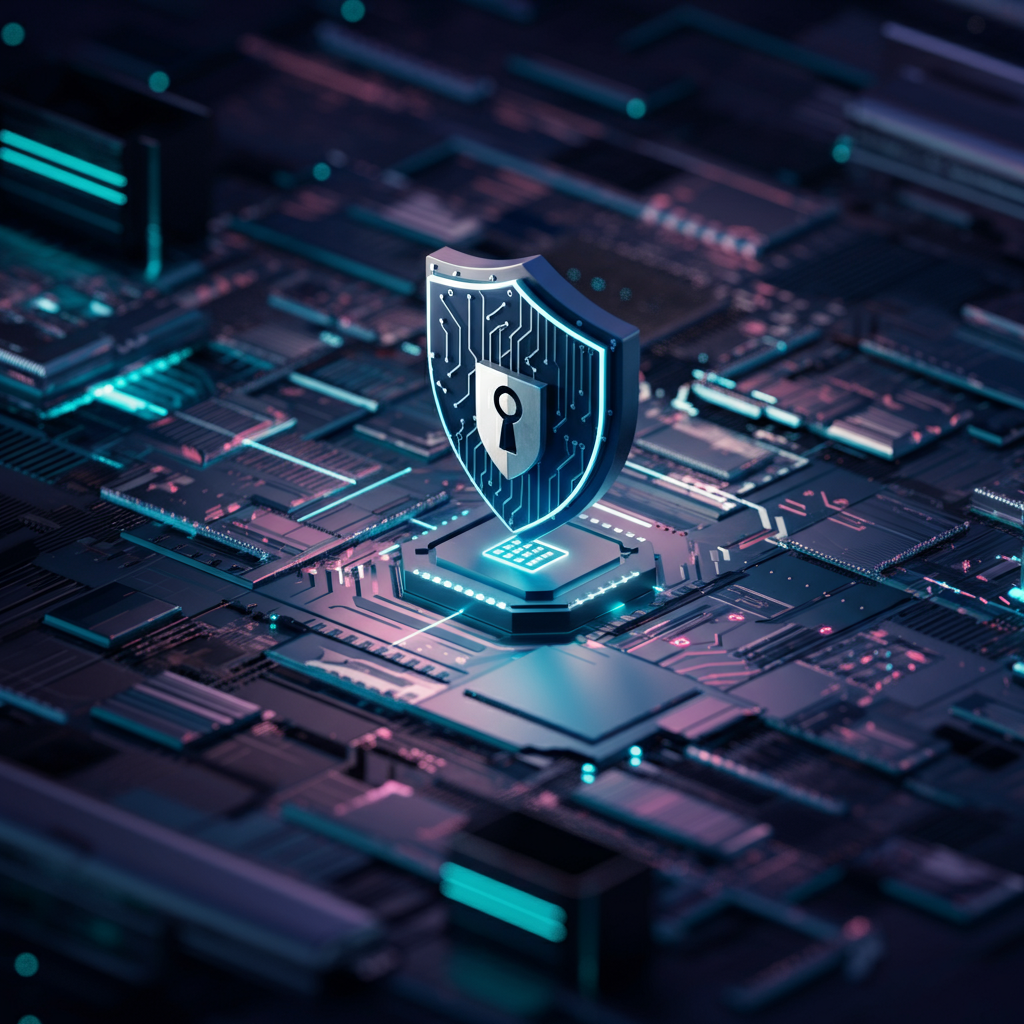The Paradox of Productivity: Why GenAI Threatens Protected Health Information Security
Generative AI tools are gaining popularity in healthcare and will increase productivity in certain tasks. But introducing GenAI to healthcare systems also introduces an exponential increase in risks, particularly regarding data leakage and compliance violations of Protected Health Information (PHI).
Recent research shows promising results when organizations implement GenAI in various healthcare use cases, ranging from diagnostics to administrative tasks. “Generative AI has the potential to transform healthcare through automated systems, enhanced clinical decision-making and democratization of expertise with diagnostic support tools, providing timely, personalized suggestions,” according to a report in Implementation Science. “[GenAI] … can also make healthcare delivery more efficient, equitable and effective.” However, the article notes, any integration of GenAI in healthcare requires “meticulous change management and risk mitigation.”
Securing PHI is a critical central mandate for strict HIPAA compliance. Enterprises must ensure that patient data is protected and require a critical governance layer that enables safe, compliant, and trustworthy GenAI adoption.
The Strategic Drivers: Why HIPAA Governance Demands C-Level Visibility
Compliance and Audit Readiness are among the key drivers for funding security projects, especially in highly regulated sectors such as healthcare. According to a recent industry report, in the first six months of 2025, nearly 30 million healthcare records were “implicated in large data breaches,” including several high-profile cases.
Integrating GenAI and AI-driven tools into healthcare platforms that access data has expanded the number of PHI exposure points in enterprise systems. With these new implementations, PHI and other sensitive data now move across multiple channels and in multi-vendor environments (for instance, via email, in platforms like Microsoft Teams, or in Copilot outputs), risking cross-contaminated personal or health records. Further, information flows have become increasingly complex as a result of integrating LLMs, AI agents, and human interactions.
There are several elements involved in protecting PHI data from different types of data leakage. One key area is ensuring that content that is GenAI-created and mined from customer databases does not compromise PHI or other sensitive data. Another is ensuring that PHI data is only shared with authorized users. For instance, AI can mash together different pieces of data, and can therefore risk sending the wrong information to the wrong person, because the AI tool isn’t context-aware.
Executives require audit-ready reporting and a strategic view of the state of protection and risk to maintain compliance confidence.
The Technical Debt: Why Legacy Systems Fail the Contextual PHI Test
Legacy systems and traditional data loss prevention (DLP) solutions have limitations for supporting strict compliance and protecting PHI data. Traditional DLP solutions were not designed for modern, AI-powered healthcare enterprises. Instead, they were built for static channels and binary policies.
First, traditional DLP relies on error-prone pattern matching and generic classifiers, resulting in poor accuracy and high total cost of ownership (TCO) due to excessive false positives that drain security resources.
There is also a context gap in traditional DLP. Legacy systems cannot determine the crucial business context required for HIPAA governance—they miss the nuance of who is accessing or sharing PHI, why, and under what context. For example, these traditional tools can’t account for relationships, such as vendor or contractor access, and can therefore compromise PHI by sending data to the wrong user or other individual.
These limitations don’t allow enterprises to gain the full value of GenAI solutions. In addition, without accurate risk visibility, GenAI rollouts often stall in prolonged pilot phases due to a lack of confidence among senior leadership.
Requirements for Next-Generation PHI Governance: An Adaptive Security Model
The evolving GenAI-powered environment requires Next-Gen DLP solutions to secure PHI and ensure compliance. The most effective solutions have specific elements and requirements, as follows:
- Contextual Accuracy: The solution must use business context and business logic to achieve precise risk analysis over pattern matching, dramatically reducing false positives.
- Entity Risk Management (ERM): Capabilities must include quantifying risk for employees, partners, and third parties based on identity and risk profile (Entity-aware intelligence) to dynamically adjust protections for PHI.
- Policy Uniformity: The system must deliver Uniform Business Logic Application across the entire multi-vendor environment to ensure policy enforcement is consistent for both AI-generated and human-created content.
- Right Methodology: Solutions must oversee content after generation to ensure policy adherence before dissemination, providing strategic oversight over non-deterministic AI outputs.
Ensure HIPAA Compliance and Enable AI Adoption
Robust HIPAA compliance and securing PHI in the AI era require enterprise organizations to move beyond legacy tools. Instead, they must implement a context and entity-aware security model that provides audit-ready visibility as well as a cockpit view of the state of protection and risk trends. Choosing this type of advanced solution can also reduce operational overhead and TCO, as well as build more trust in the adoption of GenAI solutions.
Bonfy Adaptive Content Security™ (Bonfy ACS™) provides these next-generation capabilities, including out-of-the-box Healthcare/PHI policies. By leveraging AI-driven filtering and contextual intelligence, Bonfy helps regulated organizations navigate these complex risks and confidently leverage GenAI.
Request your demo of Bonfy ACS to learn about specialized PHI protection and audit-ready governance.






.png)